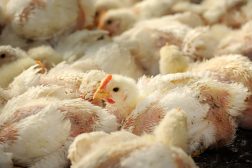
Homogenous
adj.
[həˈmɑdʒɪnəs]
Definition: Consisting of or composed of similar elements or ingredients, of a uniform quality throughout.
Table of Contents
What is homogenous? What does homogenous mean? The word homogenous has been derived from two Greek words that are “homo”, which means the same and “genous”, which means kind. Therefore, the homogeneous meaning refers to those considered as all same, similar, or present in the same proportion.
Homogenous Definition
Homogenous (definition): generally means “of the same kind” or alike. In biology, it is the old term for homologous, which is defined as “having corresponding parts, similar structures, or the same anatomical positions”. Etymology: from Latin homo, meaning “same” and “genous” means “kind”. Variant: homogeneous. Antonym: heterogeneous
We can define homogenous as “being the same” or “alike”. It may be used to describe entities showing such features. For example, homogenous substances are substances that are uniform throughout their volume and composition. Thus, if two samples are taken from two various sections in the homogenous mixtures and substances, they are going to have identical compositions and characteristics.
When two or more substances mix without going through any chemical change a resultant form is called a mixture. Mechanical blending or mixing of substances, such as elements and compounds, is what characterizes a mixture. There is no chemical bonding or any form of chemical change is involved. Thus, the substances in a mixture retain their chemical properties and structure. Some of the notable characters that remain the same throughout the homogenous substance are size, shape, color, height, weight, distribution, texture, temperature, radioactivity, structure, and many other particulars.
A very common example of homogenous in our daily life is when a color (such as ink) is mixed with water, the resultant solution is very homogeneous. The color evenly mixes with water and the composition of any part of the solution is the same. How can the substances in a mixture be separated? They can be separated by mechanical means. Some of the ways include centrifugation, filtration, heat, or gravitational sorting.
That’s just about the use of the term in chemistry or biochemistry. In other science fields such as ecology, the term “homogenous” is used to refer to the homogeneity of a population. For instance, a population consisting of individuals bred by purely asexual reproduction — thus, having identical genes and characteristics — is homogenous. Scientists posited that if different directions would come from the same source the universe may act in a homogenous way. (Ref. 1)
Another aspect wherein homogenous is used in a related biology field is evolutionary biology. Homogenous is an old term for homologous, which pertains to the anatomical parts, for instance, that have semblance in structure, especially as caused by descent from a common ancestor.
The word homogenous has been extensively used in the various branches of science such as biology, chemistry, and ecology but collectively the word is always used to portray entities in a mix sharing the same characteristics. In chemistry, for instance, homogenous describes a mixture wherein the substances are distributed evenly. At molecular levels, however, they do not have any chemical bonds between them. The most common example of a homogenous mixture around us is air.
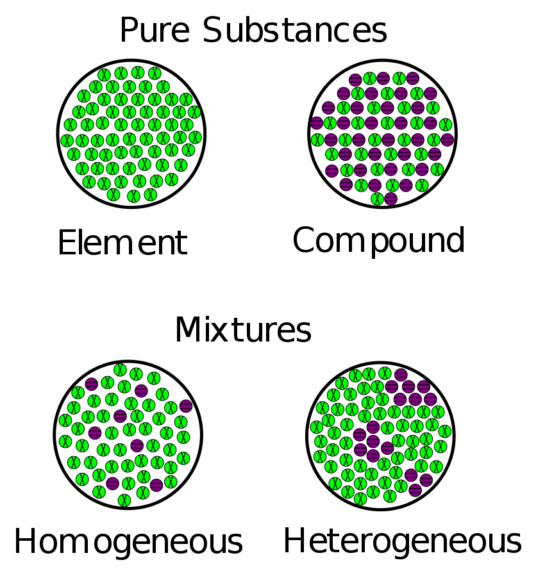
Homogenous vs Heterogeneous
As mentioned earlier, a mixture refers to the physical coming together of substances (which, in chemistry, can be elements or compounds). There are two types of mixture: (1) homogenous mixture and (2) heterogeneous mixture.
Heterogenous (variant: heterogeneous) is the opposite of homogenous. It refers to the substances in a mixture that have dissimilar characteristics (“hetero”, meaning “different”). The most common example of a heterogeneous mixture is the mixture of oil and water as they form two different layers that are immiscible with each other thus forming two independent layers.
Some of the salient features of heterogeneous mixtures are that the particles are non-uniformly distributed in the mixture. The nature of the mixture being heterogeneous can be perceived by analyzing it with the naked eye. Also, all heterogeneous mixtures have non-uniform compositions (see Figure 1).
Table 1: Differences between homogenous & heterogeneous mixtures (Ref. 2, 3)
| Homogenous Mixtures | Heterogenous Mixtures |
|---|---|
| Homo means “the same”. | Hetero means “different”. |
| The composition is uniform throughout. | Non-uniform composition throughout the mixture. |
| It exhibits only a single phase. | There are many phases present in these mixtures depending upon their compositions. |
| The separation of substances can be carried out physically, e.g. by chromatography, distillation, evaporation, filtration, centrifugation | The separation of substances can be carried out physically, e.g. by filtration, distillation, crystallization, chromatography, decanting, extraction |
| In ecosystems, homogenous populations have less biodiversity and lower species richness. | In ecosystems, heterogenous populations have higher biodiversity and higher species richness. |
Although the concept and composition of both homogenous and heterogeneous substances are quite different from each other both are not constant and are subject to change with context and composition. Let us consider blood as an example. The blood seems to be homogenous if we look at it with an unaided eye. However, under the microscope, blood consists of various components, such as red blood cells, plasma, and platelets, indicating it as heterogeneous (see Figure 2).
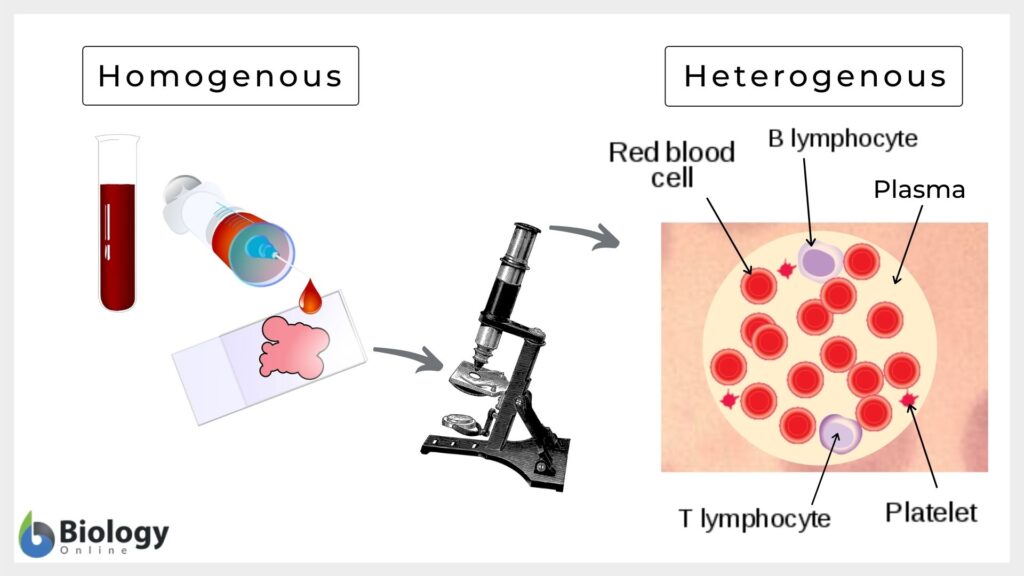
Homogenous Examples in Biology
In our daily life, we encounter many examples of homogenous mixtures and entities. In biology, a homogenous population refers to the population wherein the individuals essentially have the same genetic constitution brought about by certain modes of asexual reproduction. The offspring produced via asexual reproduction are homogenous as they are identical to each other, including their parents. But on the other side, there are also many animals (such as a goat population) that may look homogenous but they are not as they reproduce through sexual reproduction. The researchers believe that the homogenous leads to diminished biodiversity, and because of that, the chances of their early extinction due to environmental changes are high. A common example of a homogenous population is the cloning of animals. Dolly the sheep was the first mammal to have been cloned successfully from an adult somatic cell (Figure 3).
In ecology, homogenous refers to the species that have indistinguishable features and look exactly the same. Such species seem to have less biodiversity in them. Biodiversity means the diversity and frequency of the species in a given area and time and the homogeneity of the ecosystem can be measured by a special fundamental unit, i.e. species richness.
Species richness measures the number of various species that are present in a given ecological community. It shows the comparative count of species living in the ecosystem rather than their relative abundance. Thus, in a homogenous ecosystem, the species richness is expected to be lesser as high species richness would indicate heterogeneity. This is especially observed in endemic species, which are species that live and adapted in a geographical location for ages and aren’t found anywhere else. The common examples of homogenous in the ecosystem are grasses, trees, ants, fungi, and some mammals. (Ref. 4) New Zealand is a haven of many endemic species not found anywhere else in the world. Read this Tutorial to learn about the uniqueness of New Zealand ecology.
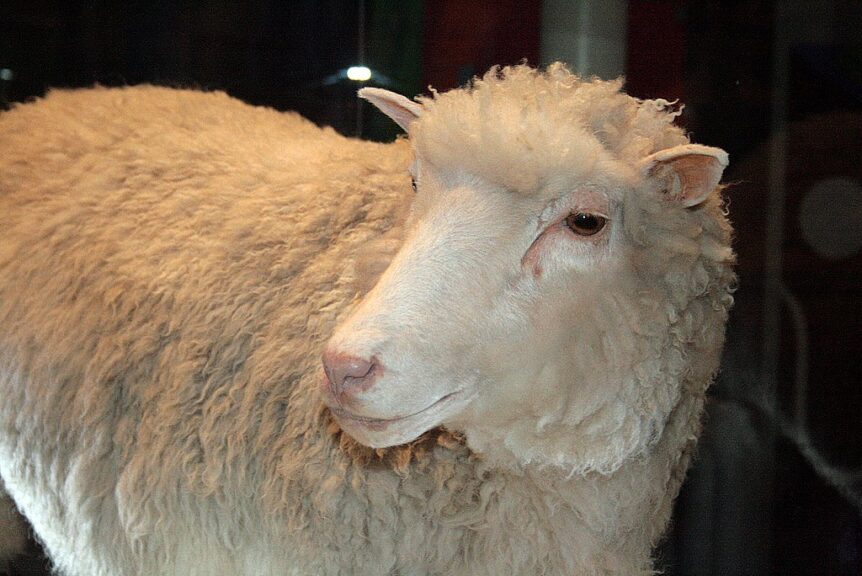
In evolutionary biology, homogenous used to be a rather common term to describe structures of different species that are similar structurally indicating a common evolutionary origin. Take a look at Figure 4 below. The anatomical features of the different animal forelimbs are shown. Having the same forelimb bone components indicate a common evolutionary ancestor.
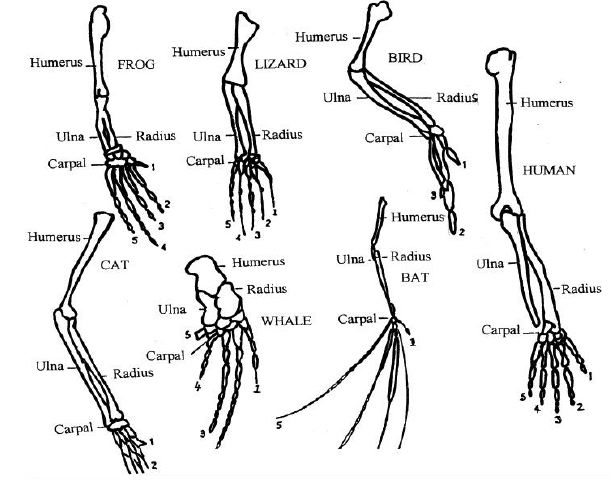
Conclusion
It can be concluded from the above discussion that the substances that are uniform throughout their volume and composition are homogenous substances. In chemistry, homogenous mixtures are of the same size, shape, color, texture, and many other aspects. The common homogenous mixtures are the solution that doesn’t get separated from each other over time. In biology and ecology, the species that are identical to each other but lack biodiversity and species richness are referred to as homogenous. Similarly, many solutions are extensively used in our daily life, the blood and DNA present in us are all examples of homogenous. Heterogeneous mixtures are the mixture that has characteristics opposite to that of homogenous. Thus, the heterogeneous mixture has non-uniform compositions, exhibiting many phases, where the phases cannot be separated by physical changes. Moreover, they are culturally rich and diverse. Similarly, it has been seen that both homogenous and heterogeneous mixtures are not constant and are subjected to change with the context and composition. Hence, it can be perceived that both heterogeneous and homogenous mixtures are equally important.
Try to answer the quiz below to check what you have learned so far about homogenous.
References
1. Markgraf, B. (2018). What is the Difference Between Pure Substances And Mixtures? Sciencing. https://sciencing.com/what-is-the-difference-between-pure-substances-and-mixtures-13710254.html
2. Heterogenous and Homogenous Mixtures. (2017, October 2). BYJU’S. https://byjus.com/chemistry/heterogeneous-mixture-homogeneous-mixture/
3. Slizewska, G. (2020). Homogeneous vs. Heterogeneous Mixtures — A Comparison – Expii. Expii. https://www.expii.com/t/homogeneous-vs-heterogeneous-mixtures-a-comparison-10341
4. Markgraf, B. (2018). What is the Meaning of Homogeneous? Sciencing. https://sciencing.com/what-is-the-difference-between-pure-substances-and-mixtures-13710254.html
©BiologyOnline.com Content provided and moderated by Biology Online Editors.


